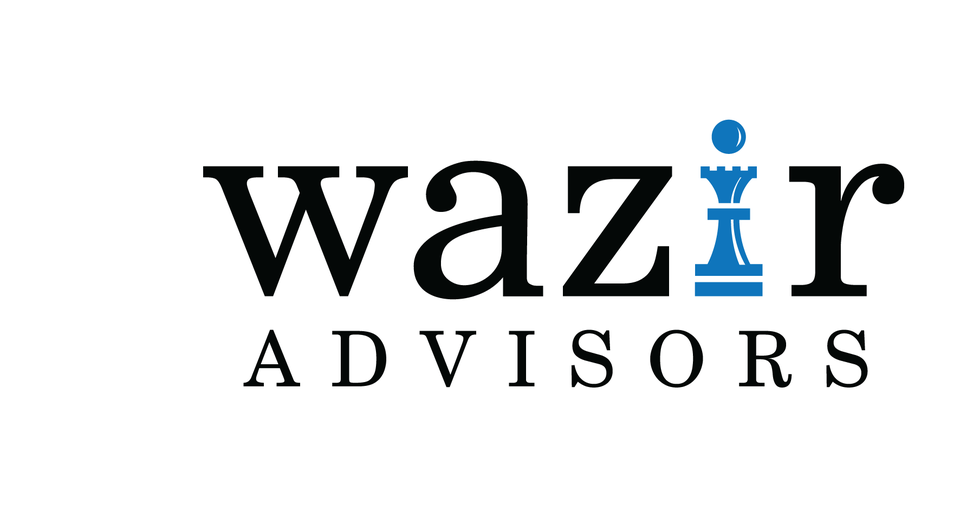UNITED STATES INDIAN TEXTILE AND APPAREL INDUSTRY EXPORT DESTINATION TARIFFS MANUFACTURING SECTOR PROFIT MARGINS CONSUMER PRICE EXPORT GROWTH INVESTMENTS DUTY COMPARISON BANGLADESH VIETNAM CAMBODIA PRODUCTION COST FOB PRICE MARKET SHARE US NATIONAL
NEW DELHI, INDIA
By IFAB MEDIA - NEWS BUREAU - April 8, 2025 | 1101 8 minutes read
The United States stands as a crucial export destination for the Indian textile and apparel industry, with annual shipments reaching approximately $10 billion. The recent imposition of tariffs by the US on these imports presents a complex scenario, a double-edged sword offering a potential advantage while simultaneously exposing underlying vulnerabilities within the Indian manufacturing sector. This development raises concerns about a potential slowdown in demand due to anticipated consumer price increases, heightened pressure on profit margins as US buyers seek price reductions, and the existing limitations in India's capacity for rapid export growth. Furthermore, the perceived temporary nature of these tariff increases may discourage essential investments in expanding production capabilities.
Some observers initially noted that India is better placed as it faces a 26% duty, which is lower than that imposed on key competitors such as Bangladesh (37%), Vietnam (46%), and Cambodia (49%). However, this initial optimism may be premature due to several fundamental reasons:
- Relative Advantage vs. Underlying Cost Disparity:
Even with an 11% lower import duty than Bangladesh, Indian products might still be more expensive because the basic production cost in India is roughly 10-12% higher. The following example illustrates how India's higher production costs can negate the advantage of a lower tariff:
|
|
Bangladesh |
India |
|
FOB Price |
$ 5.00 |
$ 5.45 (9% higher) |
|
Old Duty (say 16.5%) |
$ 0.83 |
$ 0.90 |
|
New duty (additional) |
$ 1.85 (@37%) |
$ 1.42 (@26%) |
|
Total |
$ 7.68 |
$ 7.77 (1% higher) |
The above calculation shows that for products where the old duty rate was 16.5%, India will still be more expensive than Bangladesh if the Indian FOB price was 9% higher to begin with. For most products, India's FOB price can only be about 7.2% to 8.3% higher for the final prices to be equal to those from Bangladesh. Otherwise, Indian goods will be more expensive, even with the lower tax.
Moreover, considering the larger production capacities in Bangladesh and the reluctance of brands to alter their supply chains for marginal cost differences, India's ability to significantly gain market share from Bangladesh in many product categories remains limited.
India would have a slightly better advantage over other competitors, but developing the necessary product-level competency and production capacities will be crucial for India to achieve substantial gains.
Pressure on Profit Margins:
Beyond cost discrepancies, Indian manufacturers will also facing anticipated pressure from US buyers to reduce prices to absorb the increased tariff costs. Reports indicate that US buyers are already seeking discounts ranging from 15-20% on existing orders placed before the tariff announcement. This demand for price reductions presents a significant challenge for Indian manufacturers who already operate on thin profit margins There is a possibility that the increased tariff burden might be shared through a three-way split between the Indian seller, the US buyer, and ultimately the consumer. However, even with such a compromise, Indian manufacturers would likely experience a decrease in their revenue per unit. Furthermore, some factories in other Asian countries might be willing to absorb a portion of the tariff impact in the short term as a strategy to maintain their existing business with US buyers.
Internal Challenges to Capitalizing on the Situation:
The ability of the Indian industry to fully capitalize on this seemingly advantageous position is also questionable given existing challenges like high raw material costs, product basket concentration, and manpower related challenges.
Short-Term Demand Fluctuations vis-à-vis long term impact:
he imposition of higher tariffs is expected to lead to a decrease in demand in the short to medium term, primarily due to the anticipated increase in clothing prices for US consumers. This price hike, combined with existing inflationary pressures in the US market, is likely to make apparel more expensive, potentially leading consumers to reduce their spending on these goods.
Initially, US buyers are expected to halt new order placements as they assess the impact of these tariffs on consumer demand and work through their existing inventories shipped before the tariffs took effect. This pause in ordering could lead to a depletion of stocks throughout the supply chain. Once the initial uncertainty subsides and inventory levels are low, a subsequent surge in demand is possible.
It is also worth noting that some brands and retailers might have anticipated these tariffs and proactively built up their inventories, further contributing to the initial delay in new order placements as they manage their existing stock. Moreover, many brands are expected to be hesitant to make significant changes to their supply chain strategies immediately after the tariff implementation, preferring to observe the long-term implications of these policy shifts.
Strategic Responses: Cost Control and Diversification
To sustain its competitive edge in this challenging landscape, the Indian textile and apparel industry must prioritize strategic cost control and export market diversification. Intensified competitive pressures demand that manufacturers rigorously explore all avenues for cost reduction.
Wazir Advisors can offer comprehensive 360-degree strategic and operations improvement support to help companies develop vision and strategic roadmap in new changing geopolitical world, and implement it as well. This includes evaluating all aspects of business - optimizing material wastage, enhancing worker productivity through targeted training, implementing lean manufacturing and robust quality control, reducing overheads, integrating appropriate automation and digital tools, and streamlining supply chains.
We welcome inquiries from organizations seeking to undertake a detailed business assessment and formulate strategic initiatives to address current market challenges and opportunities.
Wazir Advisors Over the years Wazir has placed itself as a premier Indian consulting organization with a special focus on textile and apparel value chain. Our team of textile engineers, sector experts, management graduates and economists have executed a broad range of consulting projects working for reputed Indian and international clients. Wazir has partnered with ITA Germany, an international research institute under RWTH University, Aachen, for offering sustainability and digitalization solutions to textile and apparel players in India and other South Asian countries. With combined expertise, Wazir- ITA can be your solution provider in the shift towards a sustainable future.











